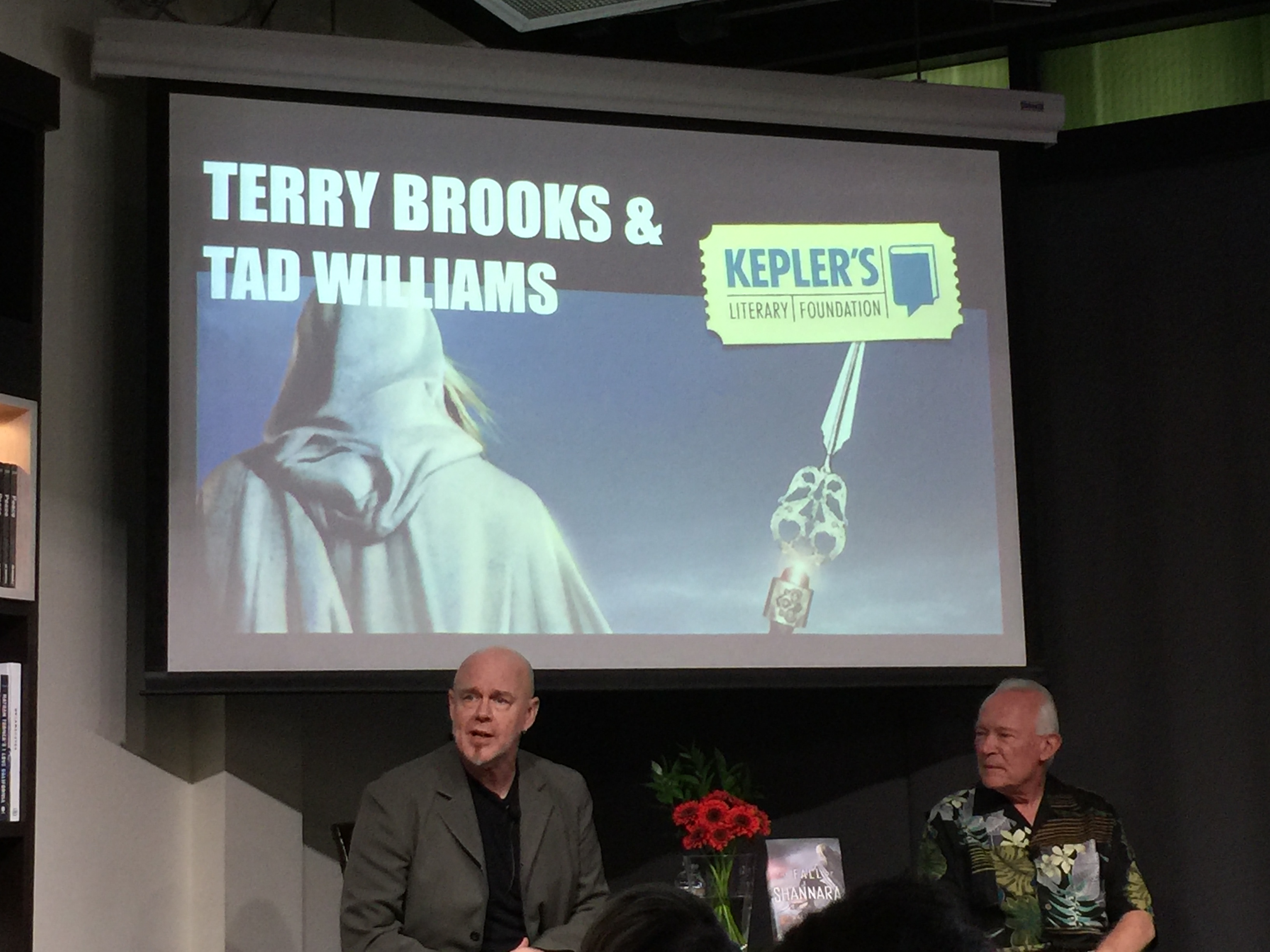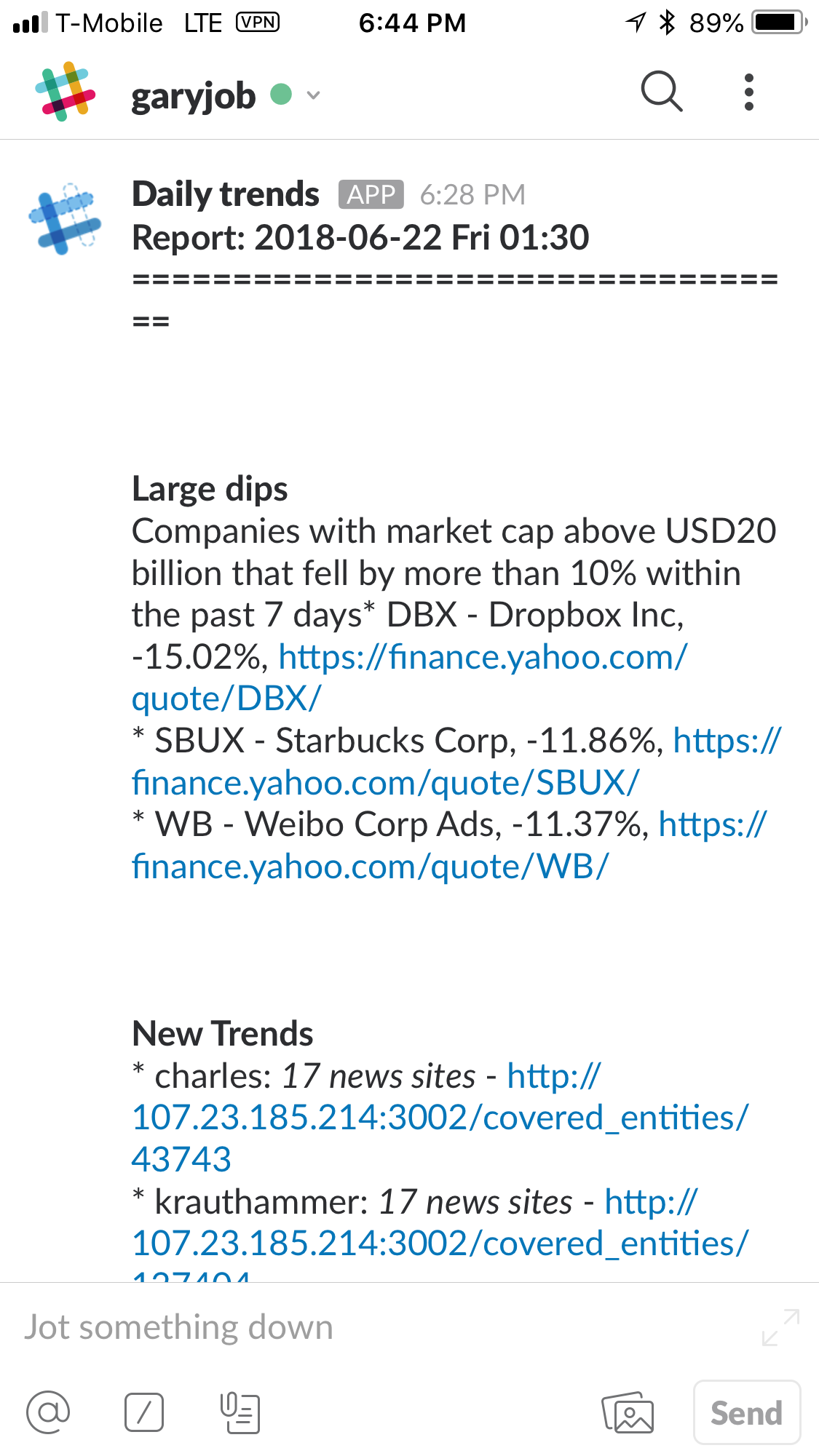
– fiction is about leaving enough space for the user to apply her imagination
– reading is a very engaging activity between the writer and the reader
– fiction allows you to write about the real world without having to exactly mirroring it
– America is an extremely polarized country. Same theme elicits different responses
– the writer needs to be able to step out of his own perception into another perception that might be opposed
– once books gets turned into show sales of books go way through the roof
– to only focus attention on things you have control of
– works building happens in the background through a process of collecting random thoughts – JRR Tolkien spent 40-50 years working on the lord of the rings
– process changes as time in life stage changes
– daily circadian rhythm dictates the writing schedule mornings used for writing
– science and magic are symbolism of power
– more stimulated by reading outside the field
– start by reading within the field and understand what works
– then sent over by the editor or if knows the author
– wants to read book that impacts us in a meaningful way
– power results in a lot of decision that needs to be made night and day. Causes a lot of aging really fast
– doing something for fun feels quite different from working full time
– writing is like raising a child. You raise them and then send them out into the world to make money
– if I can’t write a scene I need to
– if I can find an answer within 10 questions then it’s probably not worth writing
– need to think about an idea till invested before committing to it
– it’s like a survival of the fittest with ideas in the head
– make sure to marry and partner with the right person. It’s unbelievable what they have to deal with




